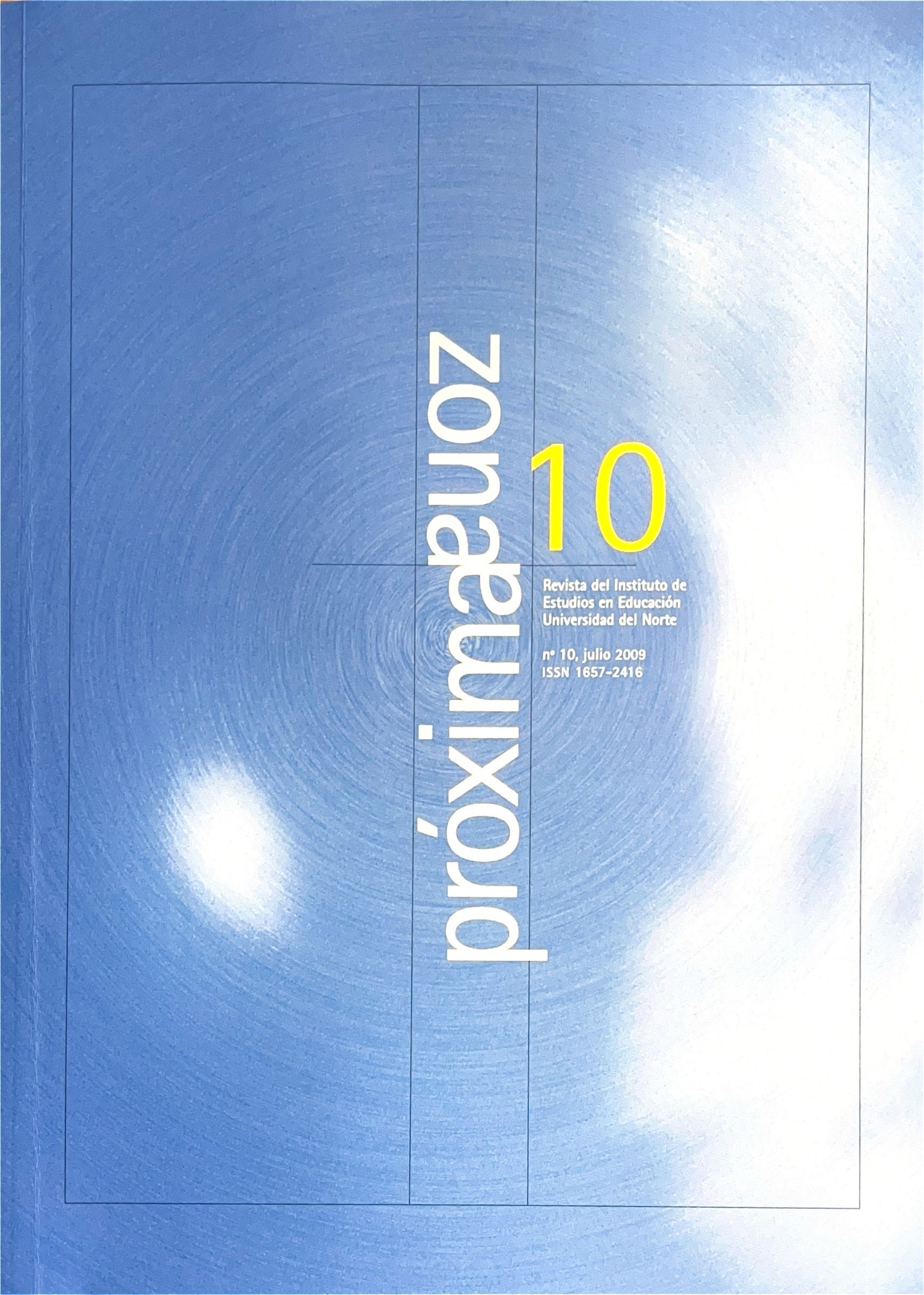Abstract
The present work is a result of a research based in the importance of the use of the computer technology in the different systems of the parable in a group of students. A pre-test was applied to an experimental group and a control group, of ten-degree students for this aspect, activity in the articulation of the representation systems were included. First the conversion from the algebraical system to the graphical system, which is the system to the students use in a best way, second, conversion from the graphical system to the algebraical where we found many difficulties. The experimental group was taught the articulation of systems representing the parable through the use of the educational software winlab. A post-test was applied to both groups later, which gave as a result that the experimental group which showed a great improvement in the conversion from the algebraical representation system to the graphical one. In the some way the result reflected that we have take, into account the conversion from the graphical system to the algebraical one in the teaching process of the parable, in order to get a better understanding of the subject, so the teacher must design activities where he use the articulation of the algebraical and graphical systems, which must be supported by the use of computer technology like a tool in the cognitive activity used in mathematics.
References
BENÍTEZ PÉREZ, A. (2004). Estudio exploratorio en la especialidad sobre la construcción de la expresión algebraica "El caso de polinomios" a través de la interpretación gráfica,
numérica y algebraica. Tesis. México: Centro de Investigación y de Estudios Avanzados del Instituto Politécnico Nacional. Consultado en: http://www.matedu.cinvestav. mx/tesis/doctorado2004/resumenAlmaAlicia.doc
BRUNER, J. (1980). Investigaciones sobre el desarrollo cognitivo. Madrid: Pablo del Río. 360 p. (Textos).
CANTORAL, R. (2005). Desarrollo del Pensamiento Matemático. México: Trillas.
CORTÉS, J. y GUERRERO, L. (2007) Actividades de aprendizaje para la geometría analítica en el ambiente interactivo de RecCom. Consultado en: http://www.fisem.org/descargas/9/Union_009_012.pdf
DUVAL, R. (1992). Gráficas y Articulación de dos Registros. Antología en Educación Matemáticas. México: Centro de Investigación y de Estudios Avanzados del Instituto Politécnico Nacional, Departamento de Matemática Educativa.
DUVAL, R. (1999). Semiosis y Pensamiento Humano: Registro semióticos y aprendizajes intelectuales. Cali: Universidad del Valle.
FERNÁNDEZ, F (1997). Evaluación de competencias en Algebra Elemental a través de problemas verbales. Tesis doctoral. Universidad de Granada: Departamento de Didáctica de la Matemática.
GARCÍA, L. et al. (2004). Dificultades en el aprendizaje del concepto de función en estudiantes de ingeniería. México: Universidad Autónoma de Nuevo León. Consultado en: http://ingenierias.uanl.mx/24/pdfs/24_dificultades_en_el_aprendizaje.pdf
GÓMEZ, R (1997). Tecnología y educación matemática: algunas experiencias en el uso de las calculadoras en la enseñanza y aprendizaje de la matemática en Costa Rica. Compumat.
GÓMEZ, R y CARRULLA, C. (1999). La enseñanza de la Función Cuadrática en las matemáticas escolares en el distrito capital. Bogotá: Universidad de los Andes. Consultado en: http://ued.uniandes.edu.co/servidor/ued/proyectos/CuadraticasIDER/html/RepCuadAnInst.html
MAGNUSSON, D. (1993). Teoría de los tests. México: Trillas.
NATIONAL COUNCIL of Teachers of Mathermatics NCTM. (2000) Principles and Standards for school Mathematics. Consultado en: http://www.agapema.com/period/princ.htm
SRRINTHALL, N. A. & SRRINTHALL, R.C. (1990). Educational psychology : a developmental approach. New York: Mc Graw Hill.
WENNZELBURGER, E. (1991). Ambientes gráficos en microcomputadoras para la construcción del concepto de función en matemáticas. Educación Matemática 3 (2), 67p.


